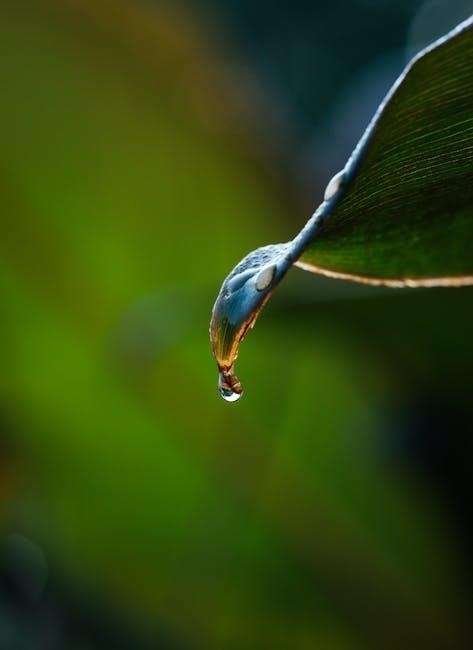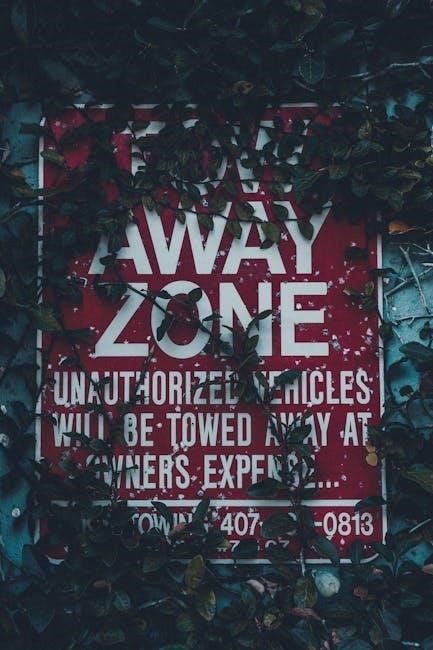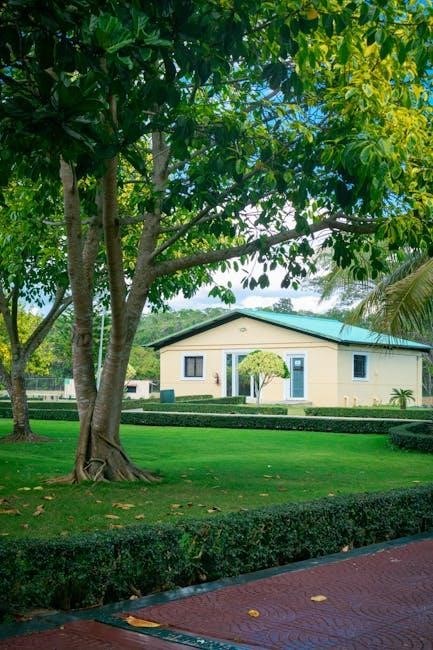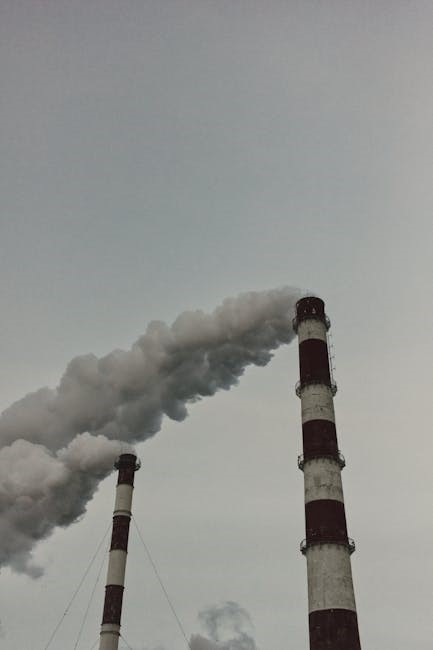Zone 8a, a USDA hardiness zone, covers parts of the southeastern United States. It offers mild winters and hot, humid summers, making it a vibrant gardening paradise.
Overview of USDA Hardiness Zone 8a
USDA Hardiness Zone 8a covers parts of the southeastern United States, characterized by mild winters and hot, humid summers. Average annual extreme temperatures range from 10°F to 85°F (-12°C to 29°C). The last frost date is around April 1st, and the first frost date is near December 1st. This long growing season allows gardeners to cultivate a wide variety of plants, including vegetables, fruits, and flowers, making it an ideal zone for year-round gardening.

Best Times to Plant in Zone 8a
In Zone 8a, the optimal planting times are during spring (March to May) and fall (September to November). These periods offer ideal weather for most plants to thrive.
Spring Planting
In Zone 8a, spring planting begins after the last frost date, typically around late March to early April. This period is ideal for starting cool-season crops like broccoli, spinach, and lettuce. As temperatures rise, transition to warm-season plants such as tomatoes, peppers, and squash. Direct sow seeds for beans, corn, and zucchini once the soil has warmed. Proper soil preparation and consistent watering ensure robust growth during this active growing season.
Fall Planting
In Zone 8a, fall planting starts in late summer to early fall, around August or September. This allows cool-season crops like kale, carrots, and Brussels sprouts to mature before the first frost. Plant broccoli, cauliflower, and spinach for a winter harvest. Direct sow root vegetables such as beets and radishes, and consider planting garlic and onions for an early spring yield. Ensure soil is well-prepared and keep it moist for optimal germination.

Soil Preparation Tips
Proper soil preparation is essential for a thriving garden in Zone 8a. Test your soil type and pH, then amend with compost or fertilizer to enhance fertility and drainage, ensuring optimal plant growth.
Testing and Amending Soil
Testing your soil is crucial to determine its pH and nutrient levels. Use a DIY kit or send a sample to a local extension office for analysis. Based on the results, amend with organic matter like compost or manure to adjust the pH and enrich the soil. Adding fertilizers can also boost essential nutrients, ensuring a fertile ground for healthy plant growth.
Proper Tilling
Proper tilling ensures soil is well-aerated and loose, promoting healthy root growth. Use a garden tiller or shovel to break up clods and mix in amendments. Ideal tilling depth is 8-10 inches. Till when the soil is dry to avoid damaging its structure. This step prepares the ground for optimal seed germination and root development, enhancing overall plant health and productivity in Zone 8a gardens.

Managing Pests and Diseases
Managing pests and diseases in Zone 8a requires vigilance. Regularly inspect plants and use organic or chemical controls as needed to prevent infestations and infections, ensuring healthy growth.
Common Pests in Zone 8a
Zone 8a gardeners often encounter pests like aphids, whiteflies, and caterpillars. These insects can damage plants and spread disease. Regularly inspect your plants and use organic methods such as neem oil or insecticidal soap to control infestations. Companion planting with pest-repellent herbs like basil or marigolds can also help deter these unwanted visitors, ensuring a healthier garden.
Common Diseases
In Zone 8a, common diseases include powdery mildew, root rot, and leaf spot, often caused by humidity and warm weather. Fungal infections thrive in these conditions, affecting plants like tomatoes and squash. Regular watering practices, crop rotation, and treating with fungicides can help prevent these issues. Ensuring good air circulation and removing infected areas promptly are key to maintaining healthy plants and preventing disease spread.

Succession Planting and Crop Rotation
Succession planting and crop rotation optimize Zone 8a’s long growing season. These practices ensure soil health, prevent pests, and maximize yield by strategically planting and rotating crops.
Maximizing Growing Season
To maximize the growing season in Zone 8a, gardeners can use techniques like succession planting, where new crops are planted as others finish. This ensures continuous growth throughout the year. Additionally, starting seeds indoors and transplanting them outdoors after the last frost date helps extend the season. Crop rotation also plays a key role in maintaining soil health and preventing pests and diseases from building up. By strategically planning, gardeners can enjoy a bountiful harvest all season long.
Maintaining Soil Health
Maintaining soil health in Zone 8a is crucial for a thriving garden. Regularly testing and amending soil with compost or organic fertilizers ensures optimal nutrient levels. Proper tilling improves soil structure, promoting root growth and drainage. Crop rotation helps replenish nutrients and reduce pests and diseases. Mulching retains moisture and suppresses weeds, creating a balanced ecosystem for plants to flourish. Healthy soil is the foundation of a successful garden.

Zone 8a Planting Calendar
The Zone 8a Planting Calendar guides gardeners on when to plant vegetables, fruits, and flowers. It divides the year into spring and fall planting seasons, ensuring optimal growth and harvest.
Spring Planting Calendar
In Zone 8a, springs offer ideal conditions for planting a variety of crops. Start by planting cool-season crops like broccoli, cauliflower, and spinach in early February. By late February, transition to starting seeds indoors for tomatoes and peppers. March marks the beginning of direct sowing for warm-season crops such as beans, corn, and squash. Continue planting throughout April and May for a continuous harvest. Proper timing ensures optimal growth and yield.
Fall Planting Calendar
In Zone 8a, fall planting begins in late summer to early fall, around August and September. Plant cool-season crops like broccoli, kale, and spinach during this time. Root vegetables such as carrots, beets, and radishes also thrive. Make sure to check the first frost date and plant accordingly, as some crops may need protection. This period allows for a second harvest before winter, leveraging the zone’s mild winters and warm summers.
Starting seeds in Zone 8a can be done indoors 4-6 weeks before the last frost date; Use seed trays and maintain consistent moisture and warmth for optimal germination. In Zone 8a, indoor seed starting is ideal 4-6 weeks before the last frost date. Use seed trays or small pots with a well-draining mix. Maintain consistent moisture and provide adequate light, such as grow lights. Keep temperatures between 65-75°F for optimal germination. Start cool-season crops like broccoli and cauliflower indoors before transitioning them outside. This method ensures a head start on the growing season and healthier seedlings. Direct sowing in Zone 8a is ideal for warm-season crops like tomatoes, peppers, and squash. Plant seeds directly in well-prepared soil after the last frost date. Ensure soil is loose and moist, with proper spacing as per seed packet instructions. Direct sowing avoids transplant shock, allowing plants to thrive in the region’s long growing season. Timing is key to maximize yield and plant health. Gardeners in Zone 8a face challenges like extreme weather, including intense heat and unpredictable rainfall. Soil erosion and pests like aphids and whiteflies can also impact plant health. Zone 8a gardeners often face challenges from extreme weather, including intense heat, humidity, and unpredictable thunderstorms. Heavy rainfall can lead to flooding, while prolonged droughts stress plants. Sudden temperature fluctuations and strong winds can damage crops and disrupt soil stability. These conditions require resilient planting strategies and adaptive gardening techniques to ensure plant survival and a successful harvest. Soil erosion is a significant challenge in Zone 8a due to heavy rainfall and runoff. Gardens on slopes are particularly vulnerable, as water can wash away topsoil and nutrients. To combat this, gardeners should use mulch, cover crops, and terracing. Proper soil preparation, including organic matter, improves soil structure and reduces erosion risk. Planting vegetation with deep roots also helps stabilize the soil, ensuring long-term garden health and productivity. Gardening apps and local nurseries provide essential planting guides, weather forecasts, and soil preparation tips for Zone 8a gardeners, helping them make informed decisions and achieve success. Gardening apps like Garden Plan Pro and Garden Tags offer personalized planting guides, weather alerts, and soil tracking tailored to Zone 8a. These tools help users monitor plant health, track progress, and receive reminders for tasks like watering and pest control. Apps like Happy Plant also provide community support, allowing gardeners to share tips and solutions specific to their region’s unique challenges. They’re invaluable for optimizing growth and ensuring a thriving garden in Zone 8a’s climate. Local nurseries in Zone 8a are invaluable resources for gardeners. They offer region-specific advice, high-quality plants suited to the climate, and products like organic fertilizers. Visiting these nurseries allows gardeners to consult experts, ensuring they choose the best plants for their soil and weather conditions. Many nurseries also host workshops and provide planting guides tailored to Zone 8a, helping gardeners achieve successful and bountiful harvests.
Starting Seeds
Indoor Seed Starting
Direct Sowing

Common Challenges in Zone 8a
Extreme Weather Events
Soil Erosion

Resources and Tools
Gardening Apps
Local Nurseries

Leave a Reply
You must be logged in to post a comment.